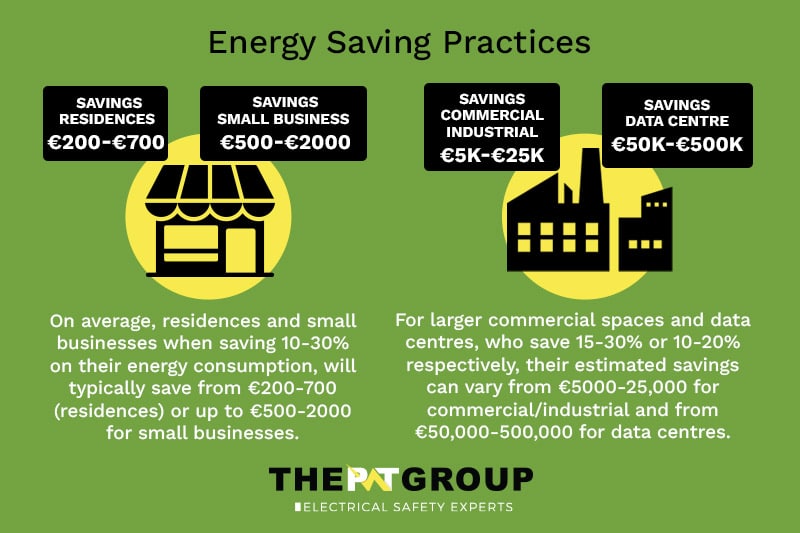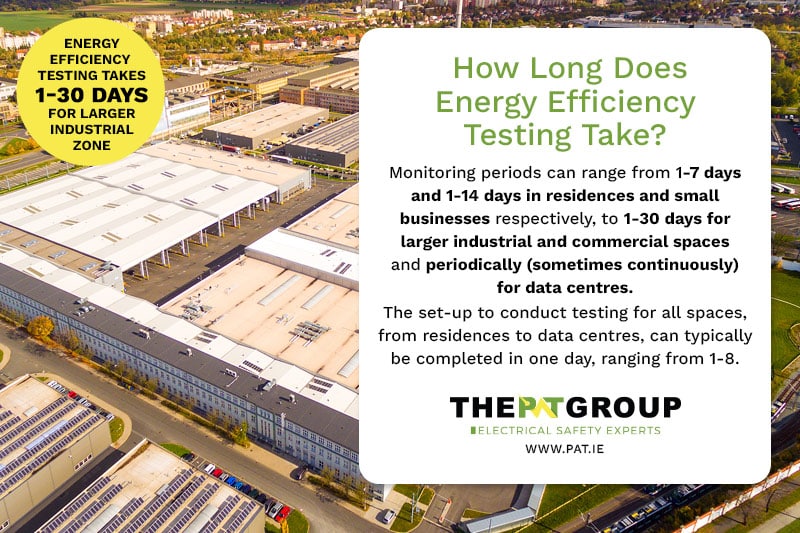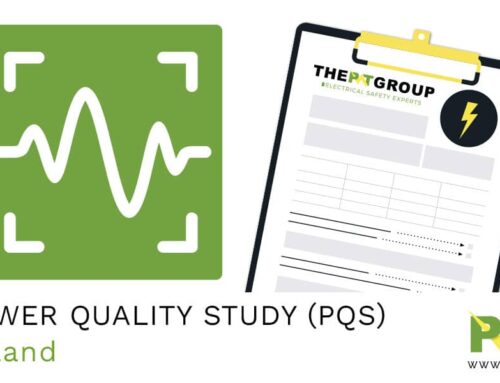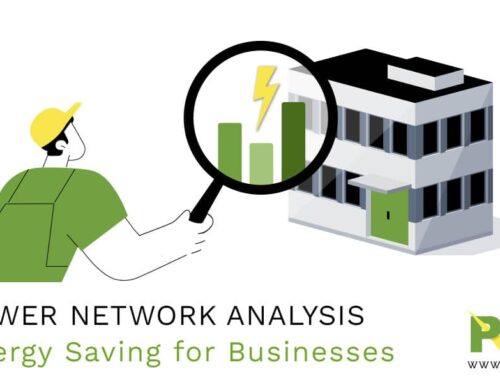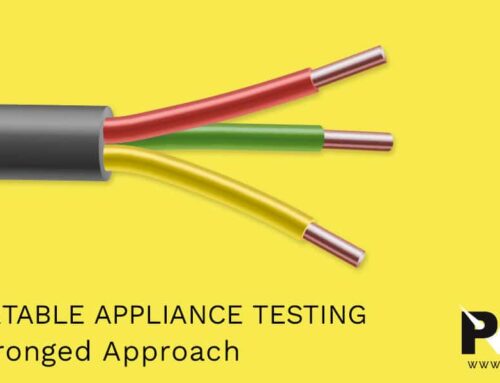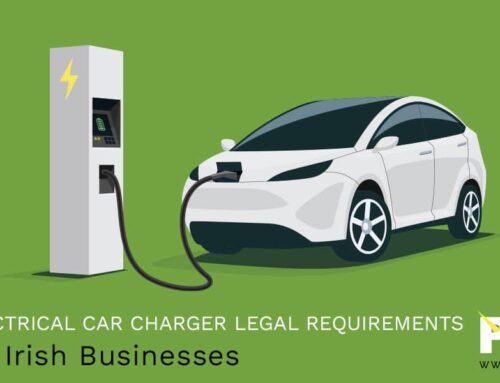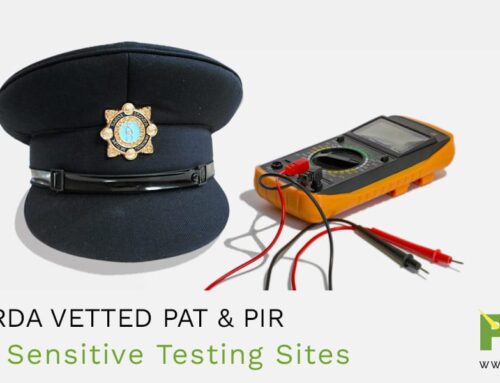Energy saving is critical not only for the environment and quality of life, but also economically, as lower usage and demand leads to less emissions and reduced stress on electrical grids, in addition to installing renewable energy sources, leading to lower associated costs for consumers and businesses.
Energy Saving Practices
By implementing energy saving practices and maintaining service intervals for inspections or testing such as periodic inspections, thermal imaging and especially with power network analysis, businesses and residences can expect to maintain the integrity and lifespan of their electrical systems and devices, and see cost savings from the immediate to the long-term. On average, residences and small businesses when saving 10-30% on their energy consumption, will typically save from €200-700 (residences) or up to €500-2000 for small businesses. For larger commercial spaces and data centres, who save 15-30% or 10-20% respectively, their estimated savings can vary from €5000-25,000 for commercial/industrial and from €50,000-500,000 for data centres.
Tests for Energy Efficiency
To determine where energy is being wasted or being used inefficiently in electrical systems and devices, a range of services and inspections can be conducted to suit your business’s needs. Thermal imaging and visual inspections can inform comprehensive readings from a power network analyser, which is a specialised device used by qualified electricians/electrical contractors and engineers to monitor power usage over periods of time, detect power factor issues, identify harmonics and load imbalances, in addition to recognising energy use patterns over a 24 hour cycle. To address energy loss in this capacity, systems will be monitored over a period of time to gather precise data and analysis that will inform any suggestions for energy use; such as moving to non-peak times and checking for phantom loads), rebalancing phases for optimal power distribution, installing smart meters or high-efficiency motors or lighting systems like LED, along with recommendations for upgraded equipment and any aspects of the system which require immediate attention for health and safety (ie., damaged or faulty equipment and connections or overloaded circuits).
How Long Does Energy Efficiency Testing Take?
Monitoring periods for the above can range from 1-7 days and 1-14 days in residences and small businesses respectively, to 1-30 days for larger industrial and commercial spaces and periodically (sometimes continuously) for data centres. While the monitoring period is done over a set duration of time, the set-up to conduct testing for all spaces, from residences to data centres, can typically be completed in one day, ranging from 1-8 hours depending on the size and complexity of the space and systems. However, small and simple things, such as changing to LED bulbs and unplugging any chargers or devices which are not in use can be done easily or daily to help save energy.
SEAI Grant for Energy Saving Services
It is also important to note when discussing energy saving services, that for small and medium sized businesses who qualify, grants are offered by the Sustainable Energy Authority of Ireland (SEAI) for up to €2000 to offset costs (or fully cover) energy audits, in addition to other funding for business energy upgrades. The PAT Group is registered to receive funding through this scheme, in addition to being a ‘one stop shop’ for your businesses energy savings needs, offering an extensive range of electrical services that can provide cost savings through energy efficient practices and continued monitoring and testing.
Energy Saving Services Ireland
We offer comprehensive energy saving services and advice and practical solutions to keep your business safe. Give us a call now on 01-9602636 or contact us online for more info.
If you found this post helpful make sure you check out our post about Electrical Building Services.


